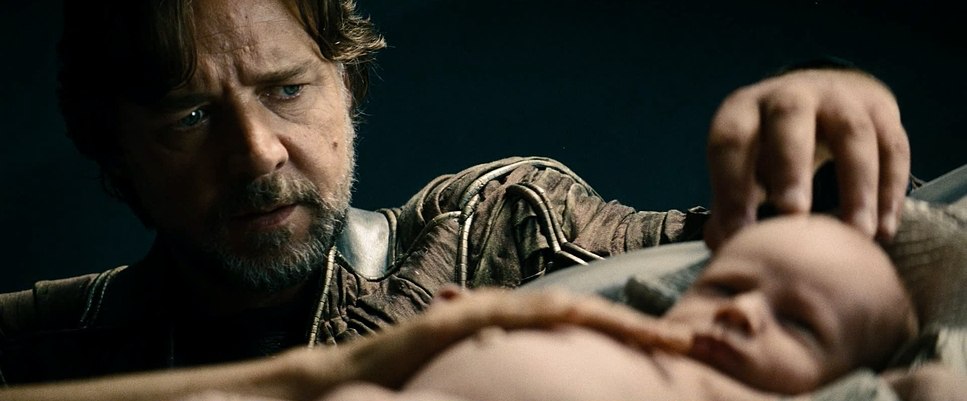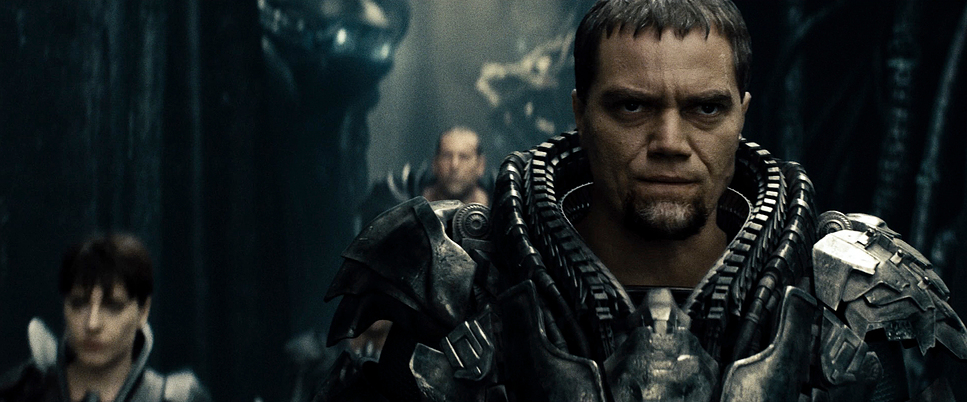As a filmmaker and full-time colorist passionate about visual storytelling, I find Zack Snyder’s Man of Steel to be a marvel in modern cinematography. This 2013 Superman reboot, with Zack Snyder, the director, masterfully balances epic action with emotional resonance. Through this analysis, I will delve into the film’s distinct visual language, camera techniques, lighting, and color grading, all while sharing my thoughts on why this cinematic approach redefines the superhero genre.
Cinematography Analysis Of Man Of Steel
About the Cinematographer

Amir Mokri’s pedigree in action-heavy films, such as Transformers: Dark of the Moon and The Dark Knight Rises, makes him the perfect collaborator for Snyder’s ambitious vision. His ability to combine large-scale spectacle with intimate storytelling ensures that the grandeur of Superman’s mythos is conveyed without losing its emotional core. Mokri’s work on Man of Steel is a testament to his versatility, where he blends classic film techniques with cutting-edge technology to craft visuals that are both grounded and transcendent.
For me, Mokri’s approach to this film serves as a masterclass in humanizing larger-than-life characters. As someone who works with images daily, I appreciate how every frame feels intentional, carrying emotional weight alongside visual beauty.
Inspiration for the Cinematography of Man of Steel

The visual tone of Man of Steel draws inspiration from both modern realism and the operatic grandeur of sci-fi classics. Zack Snyder and Amir Mokri referenced works like Blade Runner and 2001: A Space Odyssey, aiming to portray Superman as a mythic yet relatable figure. At the same time, the grounded approach seen in Christopher Nolan’s The Dark Knight Trilogy influenced the film’s realism.
What resonates with me is how this duality—epic and intimate—permeates every shot. By combining sweeping, otherworldly visuals with moments of raw human emotion, Man of Steel becomes not just a superhero movie but a meditation on identity, hope, and sacrifice.
Camera Movements in Man of Steel

The dynamic camera work in Man of Steel is one of its standout features. Handheld cameras capture the vulnerability of young Clark Kent in moments of self-discovery, allowing the audience to feel emotionally tethered to his journey. For example, the scene where young Clark saves a school bus is shot with a naturalistic intimacy that grounds the fantastical event in human emotion.
On the other hand, action sequences employ sweeping movements and rapid tracking shots that convey the immense power and speed of the Kryptonians. The first flight sequence, in particular, is breathtaking; the camera follows Superman’s tentative leap into the sky with a sense of wonder, transitioning into exhilarating wide shots as he masters his ability to fly. This contrast between handheld intimacy and operatic grandeur creates a visceral and immersive experience that draws viewers into the narrative.
Compositions in Man of Steel

The compositions in Man of Steel beautifully balance visual storytelling and emotional subtext. Wide, symmetrical shots often depict Superman as a lone figure against vast landscapes, visually representing his isolation. A poignant example is Clark’s walk through the Arctic tundra—a single figure dwarfed by the endless white expanse, symbolizing his search for purpose.
Conversely, the film uses close-ups to humanize Clark, focusing on his expressions and the emotions behind his decisions. During his confrontation with Jonathan Kent in the tornado scene, the framing emphasizes their emotional connection and the weight of their choices.
As a filmmaker, I admire how Snyder’s compositions maintain clarity, even in chaotic battle scenes. The use of layered visuals ensures that the action is coherent while retaining a poetic quality. These deliberate choices elevate Man of Steel beyond the visual clutter often seen in superhero blockbusters.
Lighting Style in Man of Steel

Lighting plays a pivotal role in defining the film’s tone and atmosphere. Mokri uses soft, diffused lighting in flashback scenes, evoking a sense of nostalgia and warmth, particularly in sequences set on the Kent farm. These moments feel intimate and personal, reflecting Clark’s emotional grounding on Earth.
In contrast, Krypton is depicted with stark, cold lighting, reinforcing its sterile and deterministic society. The sterile glow of Krypton’s artificial environments contrasts sharply with the sunlit warmth of Kansas, visually echoing the thematic tension between predestination and free will.
One of my favorite lighting moments is Superman’s first flight. The sunlight breaking through the clouds as Clark soars embodies his liberation and newfound purpose. It’s a powerful visual metaphor, made even more striking by the naturalistic lighting approach.
Lensing and Blocking in Man of Steel

The film’s choice of anamorphic lenses enhances its cinematic grandeur. These lenses, with their slight edge distortion, create a sense of immersion and scale, particularly in the action sequences. For me, the anamorphic look also adds a subtle texture that reinforces the film’s mythic quality.
Blocking is another area where Mokri and Snyder excel. In emotionally charged scenes, such as Clark’s conversations with Jonathan Kent, the characters are often positioned to emphasize emotional distance or connection. In contrast, Superman’s heroic moments place him squarely in the center of the frame, commanding attention and underscoring his transformation into a symbol of hope.
Color Grading in Man of Steel

As a colorist, I find Man of Steel’s desaturated color palette fascinating. The muted tones, dominated by earthy browns and cool blues, reflect the grounded realism of the film’s narrative. Krypton’s cold, metallic hues juxtapose sharply with the warmth of Earth, emphasizing Clark’s internal conflict between two worlds.
During Superman’s moments of triumph, the color grading subtly shifts to richer tones. The reds and blues of his iconic suit become more vivid, symbolizing his embrace of his identity. The progression of the color palette mirrors Clark’s journey, making it an integral part of the storytelling.
Technical Aspects of Man of Steel
The technical precision of Man of Steel is awe-inspiring. Shot primarily on film using Panavision Panaflex cameras, the movie retains a rich, cinematic texture that distinguishes it from the glossy digital aesthetic of many modern blockbusters. Select sequences were shot with IMAX cameras, enhancing their visual impact, particularly during the climactic battle in Metropolis.
The visual effects, seamlessly integrated by Weta Digital and Double Negative, enhance the film’s realism. From Krypton’s destruction to the epic Metropolis showdown, the CGI feels tangible, grounding the fantastical elements in a believable reality.
Hans Zimmer’s powerful score further complements the visuals, adding emotional depth and energy to every frame. The sound design, with its visceral punches and explosions, enhances the immersive experience, making Man of Steel as much an auditory spectacle as it is a visual one.
- Also Read: CINEMATOGRAPHY ANALYSIS OF THE NUN (IN DEPTH)
- Also Read: CINEMATOGRAPHY ANALYSIS OF AQUAMAN (IN DEPTH)